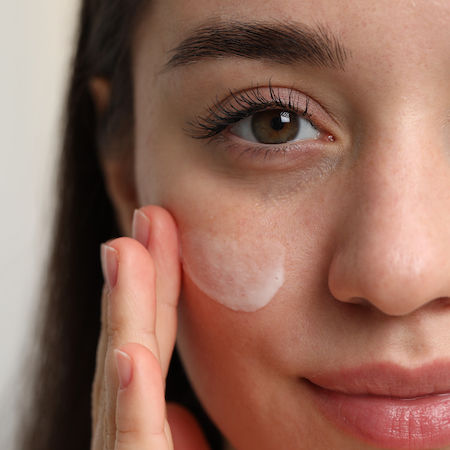By Marc Sorenson, EdD.
Metabolic syndrome, first of all, is a combination of disorders existing concurrently in a human or other animal. So what are these disorders? One can usually discern them with a glance at the people walking the American streets. They are abdominal obesity, high blood pressure, high triglyceride levels and low HDL cholesterol levels. And what are the dangers of metabolic syndrome? Most noteworthy are heart disease, stroke and diabetes, as well as obesity itself. Thus, metabolic syndrome is indicative of deteriorating health.
New, fascinating research has shown a link between metabolic syndrome and Lack of sunlight.
According to Medical News Today, animals can detect light in areas other than the eyes. Especially relevant are proteins called opsins, which detect light in the eye’s retinal cells. However, in addition, it is now known that opsins in the skins of mice can react to sunlight and help to reset circadian rhythms. Nevertheless, until now, it was not suspected that opsins could help to reduce metabolic syndrome.
Also of transcendent importance is the fact that opsins exist below the skin surface. They are also found on fat cells. And when sunlight contacts the skin, the light can penetrate deeply enough to stimulate opsin activities in those cells. Thus, opsins are “turned on” and activate the process of lipolysis, whereby fatty acids are released from the fat cell into the blood.
Another process then occurs: the fatty acids are “burned” by the body to produce heat. And the upshot of this progression? It reduces obesity. And, metabolic syndrome lessens. Hence, the person achieves better health! I have almost come to believe that there is no aspect of human health that sun exposure cannot help, when used properly. In this study, blue light appeared to be the most important spectrum of sunlight.
Other research indicative of a positive effect on obesity.
Another scientific paper “sheds more light” on the subject of obesity. This research was conducted on mice with shaved backs that were placed on a high-fat diet and then exposed to non-burning ultraviolet radiation (UVR) during a three-month experiment. The mice, without the benefit of UVR, would have been expected to gain weight rapidly on that diet, but when they were exposed to UVR, the weight gain was impressively reduced.
The UVR treatment achieved a 30-40% reduction in weight gain, compared to the expected weight gain with the high-fat diet. And, none of these benefits could be accomplished by vitamin D supplementation. However, stimulation of nitric oxide increase in the skin was able to produce some of the benefits of UVR. This also indicate that either sun exposure or sunbeds could help the health (we know that both do exactly that). However, it was not determined whether opsins had any part to play.
Finally, morning sunlight reduces obesity. 
A recent study demonstrates that timing and intensity of light correlate with body mass index (BMI). BMI is a numerical computation comparing height and weight, and is a commonly used method to assess obesity or the lack thereof. A high BMI usually means a person is obese or at least approaching obesity.
After adjusting for confounders such as diet, exercise and timing of sleep, it was determined that very early exposure to morning light correlated remarkably to lower BMI. Even when light intensity was equal at different times of the day, those who received the earliest bright light had lower BMI. In fact, for each hour later in the day when light exposure occurred, BMI increased by 1.3 units. This is exceptionally important, since a person who has a BMI of 25 (upper ideal range) could approach 30 (obesity) by rising later.
Remember that regular, non-burning sun exposure is vital for human health. Happy sunning!
For more information on sunlight and health, visit http://sunlightinstitute.org/ and read the book, Embrace the Sun. The book is available at Amazon.


